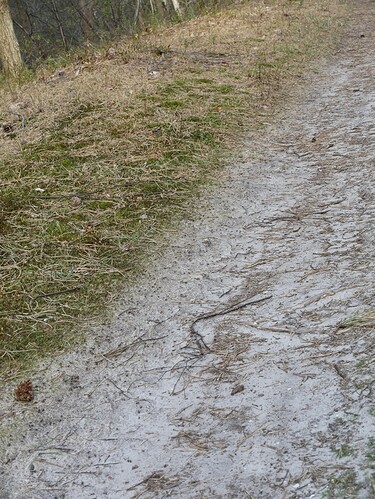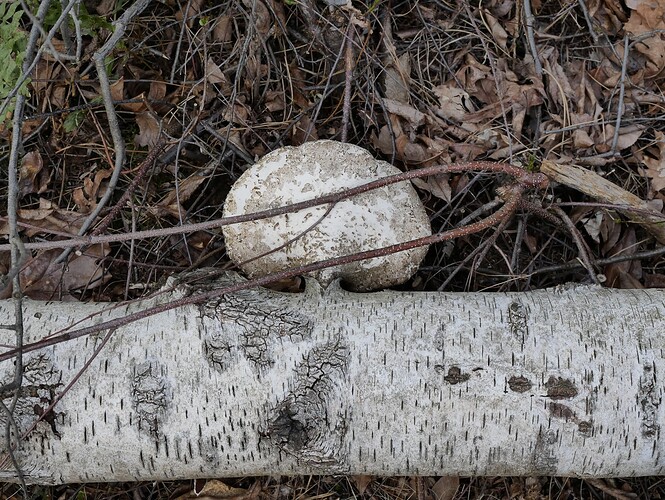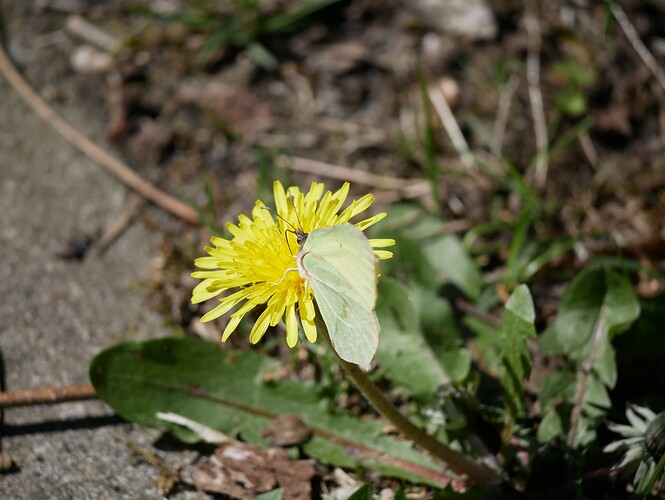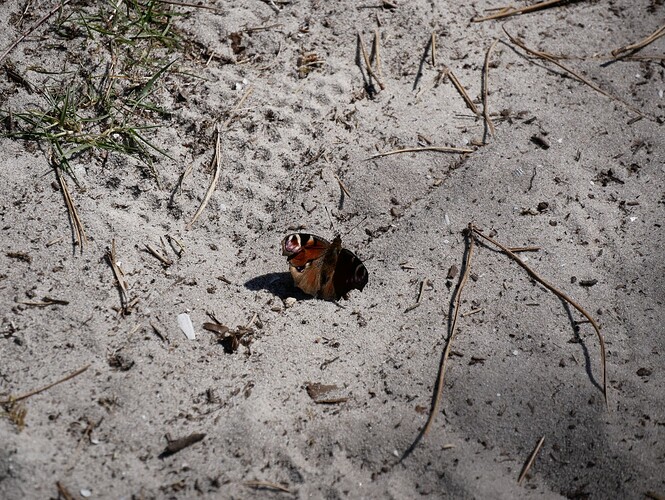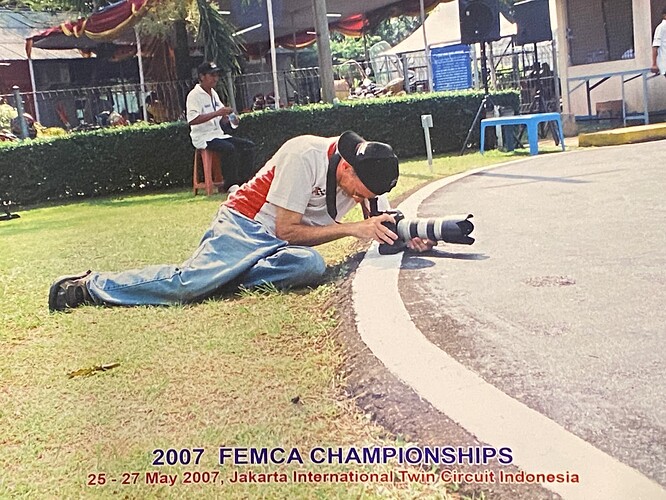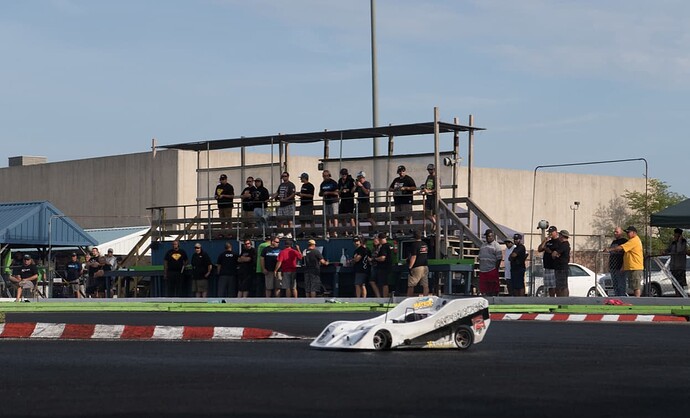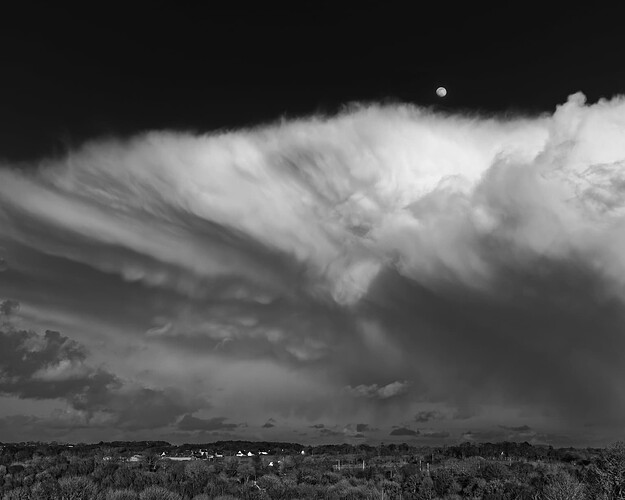There is a big difference between trying to fix a fundamentally flawed photograph in post-processing, and recovering highlight/shadow detail from a RAW file - one is normal workflow (the latter), the other is just putting lipstick on a pig (the former).
To say nothing about composition and exposure at the moment, let’s talk about gear, since you want specifics. You have owned and operated a number of well-regarded camera systems, apparently for decades, and ostensibly even worked professionally as a photographer (?), if I read correctly. And yet, in one thread, you mentioned trying to achieve shallow depth of field in one shot, and inexplicably choosing f/11 as an aperture setting. You seem to prefer shooting in Program mode. You struggle with understanding metering modes. When people have mentioned experimenting with film simulations, you have shrugged off the suggestion because you don’t know the differences between film stocks (and seemingly, have no interest in learning). Honestly, the apparent gaps in your knowledge are nothing short of baffling, considering your stated background.
I say none of this to insult you, but rather to encourage you to go back to basics and build a strong foundation to build on. My impression is that, at some point early on, you grew bored of the fundamentals and skipped right past them, but the problem is this puts you in a perpetual beginner mode. You can only go so far in photography without a thorough understanding of your tool.
One suggestion would be to consider a camera that supports a “live view” mode. Ideally enable highlight peaking. The benefit of a WYSIWYG finder can be invaluable for quickly training you to control your exposure triangle, and get comfortable with dialing in exposure compensation - you’ll start to know when you need it even before you’ve raised the camera to your eye.
I would also recommend shooting in aperture-priority mode and enabling auto ISO with an acceptable minimum shutter speed. This way you can focus on just one thing at a time (at least in terms of exposure - you still of course need to worry about framing, focus, etc.). Of course there are times when shutter speed becomes more important and then you can just switch to shutter priority - I think most photographers find this is a minority of shooting situations, though.
RE: auto ISO: modern sensor performance combined with modern software has resulted in almost unimaginable high-ISO performance, even from consumer-grade cameras. I just came back to photography after 10 or 12 years away (and mostly being a film shooter) and am blown away by what I can do now. Your camera will allow you to set whichever maximum ISO you’re comfortable with, but I think you will find good results at least up through ISO 1600, if not higher. I think ISO is far and away the LEAST important thing you should be thinking about while out shooting. Far better to get the shot and deal with some noise than to miss the shot entirely. You seem to have strict self-imposed rules about what is “cheating” or not, but I would encourage you to not insist on doing things the hard way every time.
Finally, composition. This is obviously crucial. When I look at your photos I find them to be busy or unfocused in their intent. You’re presenting a scene, but my attention is not directed at any particular element, and the result is a snapshot that proves you were in a certain place at a certain time, and not much more. At this point, I think it’s only fair that I show some of my work, because how can I suppose to give you feedback and advice otherwise? And also, to illustrate my point about composition. Now, I don’t pretend to be anything other than an amateur, and I suspect the content and style of my photos will not be to your liking - that’s okay. But I endeavor to achieve a certain look and mood with my work, and I especially aim for clean, uncluttered compositions, which I think I mostly pull off. You can see here.
Now, I’m not saying your compositions need to be like mine, and indeed photography would be pretty boring if there were only one way to do things. But find some way to isolate your subject and increase dynamism, think about things like framing, leading lines, layering, juxtapostion, etc. Look critically at the photos you enjoy and think about what makes the compositions work, and then try to bring that over to your shooting in an intentional way.
The last, last thing I would say is, always carry a camera. Everywhere you go, even if it’s a point-and-shoot (albeit one sophisticated enough to allow control of exposure parameters). I failed to heed this advice for many, many years, and my photography suffered as a result. The wonderful thing about digital photography is you get so much instant feedback on what is working and not, and if you’re shooting every day, so much the better. I really think it’s easier to get better faster than in the film days, so long as you’re reflective about what you’re doing. And you live in one of the most unique, vibrant, and interesting cities in the world (I was born and raised in Miami myself) - there are literally countless photo opportunities all around you. No need to travel to Colorado or India or anywhere else for inspiration. I think it’s a common thing for photographers to feel uninspired in familiar surroundings (I know I used to feel this way, too), but one of the best things I ever learned is that there are good photos to be made anyway and everywhere, so long as we can ditch our “grass is greener on the other side” mentality.
